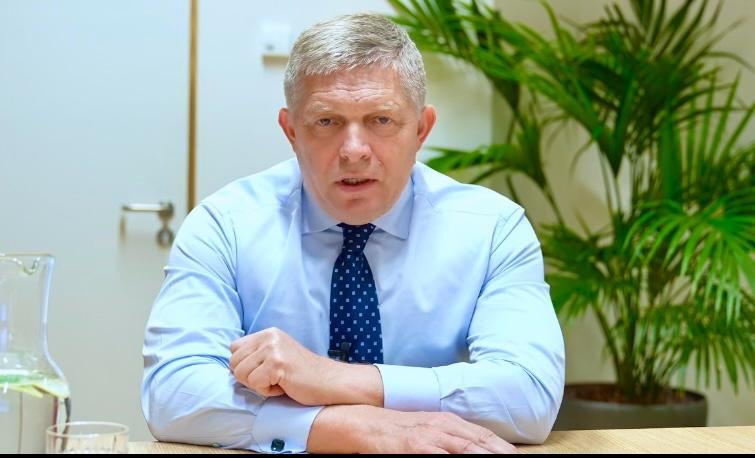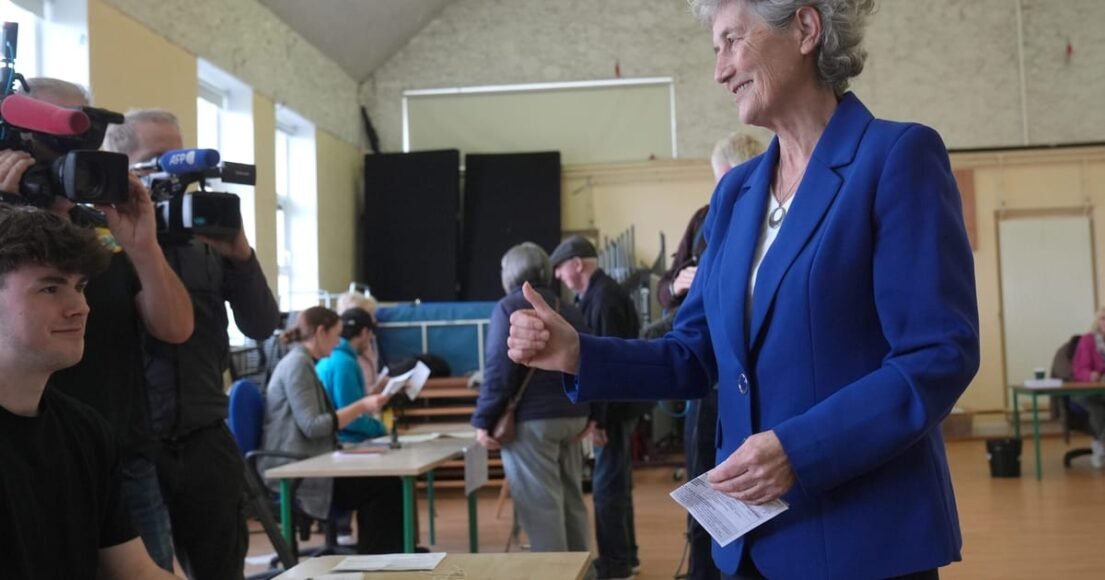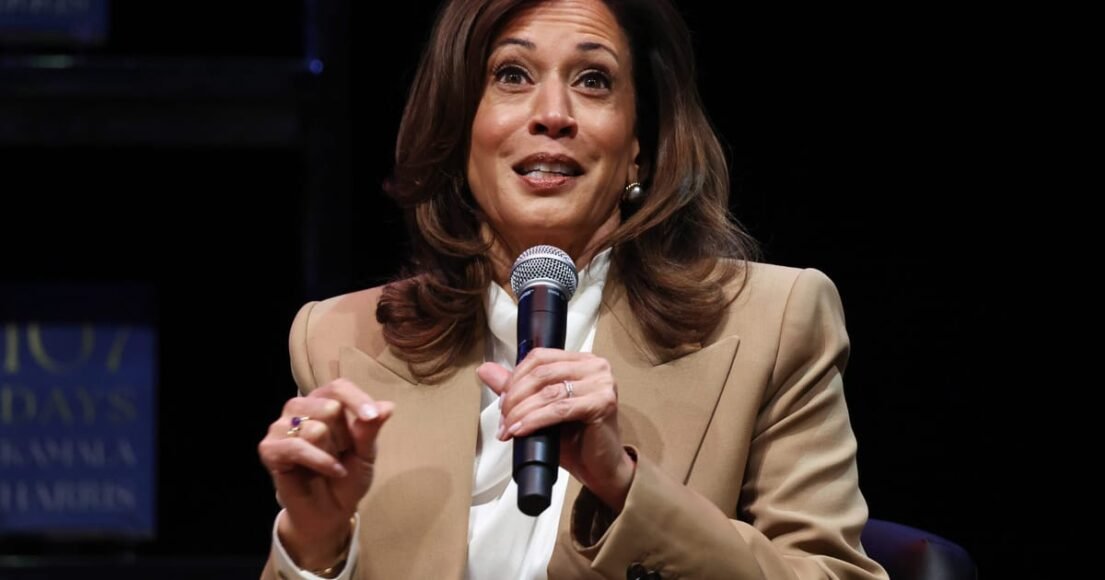
The United States faces a looming financial crisis, with an official debt ceiling breach occurring on January 20, 2025. The U.S. national debt, which has surged past $30 trillion, continues to grow at an unsustainable pace. While it may seem that the government can simply print more money, legal and economic constraints prevent that—especially after January 20, when it hit its statutory debt limit. This financial reality is at the root of many geopolitical shifts: former allies becoming adversaries, new trade wars with neighbors like Canada and Mexico, and the widespread instability across global markets.
Currently, the U.S. government collects around $4 trillion annually in tax revenues, while its debt obligations exceed $30 trillion. Servicing this debt becomes increasingly difficult as interest rates rise. For every 1% increase in interest, the U.S. must pay roughly $1 trillion more in debt servicing costs. In effect, the government is borrowing more money just to pay off existing debt—a cycle that perpetuates continuously.
The situation became critical when the U.S. officially breached its $36.2 trillion debt limit on January 20, 2025. Since then, the government has been unable to issue new debt to meet existing obligations without Congressional approval to raise the ceiling. As a result, the U.S. risks defaulting on its commitments, which could deter investors and destabilize global financial systems.
The U.S. currently spends approximately $6 trillion annually, a full $2 trillion more than it earns. Nearly half that deficit—$1 trillion—is just interest payments on existing debt, worsened by refinancing at interest rates above 4.5%. This level of fiscal imbalance makes the U.S. a riskier borrower, even as global economies remain tied to U.S. Treasury securities as part of their foreign reserves. China, the largest foreign holder of U.S. debt, along with other nations, has a vested interest in preventing a U.S. default, as it would devalue their holdings and threaten the dollar’s role as the world’s reserve currency.
Against this backdrop, Donald Trump was inaugurated as President on January 20, 2025, and now confronts this daunting economic challenge. Recognizing that a spiraling national debt could freeze investor confidence, Trump is focused on three strategies: lowering interest rates, reducing government spending, and increasing federal revenue.
Lowering interest rates would ease debt servicing costs, but achieving that requires cooperation from the Federal Reserve (Fed), which operates independently from the presidency. The Fed adjusts rates based on economic indicators like inflation. When inflation is high, the Fed raises rates to cool the economy; when the economy slows or enters recession, it lowers rates to stimulate growth. Trump, however, is attempting to influence economic conditions through trade wars and tariffs that could push the economy into a slowdown, potentially prompting the Fed to cut rates.
Reducing government spending is a politically challenging path, leaving Trump to pursue the third option—increasing revenue. His administration is aiming to reduce the trade deficit by imposing tariffs on imports and giving domestic industries a competitive edge. The U.S. currently imports about $4 trillion in goods and exports around $3 trillion, a $1 trillion trade deficit. To tackle this, Trump has imposed significant tariffs on imports from major trading partners such as China, Canada, Mexico, Japan, and Germany. The rationale is to force companies producing abroad to either face higher costs or relocate to the U.S.
This strategy appears to be having some success, as several international companies have announced relocation plans to the U.S., including Nvidia, Honda, LVMH, Stellantis, Volkswagen, Volvo, Pfizer, Samsung Electronics, and LG Electronics, among others.
Nonetheless, many tariffs remain in place, especially on countries including EU member states, the UK, Ireland, BRICS nations (with the exception of Russia), and much of Asia. While some tariffs on key partners like China, Canada, and Mexico have been temporarily suspended, most remain intact, reflecting the administration’s ongoing push for trade realignment.
Conclusion
The twin challenges of a ballooning national debt and an aggressive protectionist trade stance have defined the economic landscape of the U.S. in 2025. While tariffs might provide short-term revenue boosts and encourage domestic manufacturing, they carry risks including higher consumer prices and strained diplomatic ties. Ultimately, if Trump’s fiscal strategy is to succeed, a careful balance must be struck between economic nationalism and maintaining global financial confidence.
Comments
3 responses to “U.S. National Debt and the Impact of Trump’s Tariffs”
-
Oh, brilliant! Nothing screams stability quite like a $30 trillion debt and a president throwing tariffs around like confetti at Oktoberfest. 🍻 Let’s just hope the investors enjoy a good game of financial musical chairs!
-
Isn’t it charming how the U.S. has decided to juggle a $36 trillion debt while throwing tariffs around like confetti? 🥳 Who knew that fiscal responsibility could be so entertaining? Maybe someone should send them an overdue bill for that little stunt. 🤷♂️💸
-
Isn’t it charming how the U.S. is on a first-name basis with $36 trillion in debt while trying to win at the economic game with tariffs? 🤷♂️ Must be nice to live in a world where printing money is just a casual Friday activity! 💸
Last News

65 Countries Sign First UN Treaty to Combat Cybercrime: A Key Step for Digital Cooperation
“The United Nations Convention on Cybercrime is a powerful, legally binding instrument to stren

Fico: EU’s Initiative to Utilize Frozen Russian Assets for Ukraine Could Fail

Ireland Elects Left-Wing President in Major Anti-Government Shift

Flagged individual arrested by Sint-Niklaas police in large-scale operation
Sint-Niklaas (Brussels Morning Newspaper) – In Sint-Niklaas, police arrested a flagged individual, issued 20 Financial Inspection reports, recorded 8 health violations, and fined 12 drivers during a large-scale police operation on Friday, Oct 24, 2025; Alderman Vandendriessche oversaw coordinated enforcement.
As VRT News reported, a large-scale police operation was carried out on Friday evening

"Let’s finish the job" and end polio: WHO
Polio can attack the nervous system and cause paralysis, especially in children.
Business is down, but the fight must continue
“Decades ago, the world overcame geopolitical and

Algeciras Mayor Expresses Concern Over Gibraltar Agreement Being Kept Secret
Landaluce’s remarks followed an “informal conversation” revealed between Gibraltar’s Chief Minist

Kamala Harris Suggests She is Prepared to Run Again for US President
“There are many ways to serve,” Harris stated, “but I have not decided yet what I will do in the future.”
Harris dismissed polls indicating that she would likely be an outsider in the presidential race with slim chances of securing the Democratic nom

Tervuursesteenweg Redesigned by Mechelen for Enhanced Cycling Safety
Mechelen (Eurotoday) – Mechelen will turn Tervuursesteenweg into a 30 km/h zone. The project adds 44 trees, removes 30% of paving, and improves safety. Aldermen Vandersmissen and De Graef lead it.
As VRT News reported, Tervuursesteenweg in Mechelen will soon be transformed into a 30 km/h zone to make the road safer for cyclists and pedestrians. The last section of the street, near the border wit

Climate Goals Established by Environment Ministers
During their summit in Brussels, leaders expressed satisfaction in encouraging the EU Commission to “further develop conditions that support the EU’s industry and citizens in reaching the interim target by 2040.”
As anticipated, the environment mi

Global News Summary: 80th Birthday Wishes, South Sudan Floods, South Lebanon Update
In



Leave a Reply